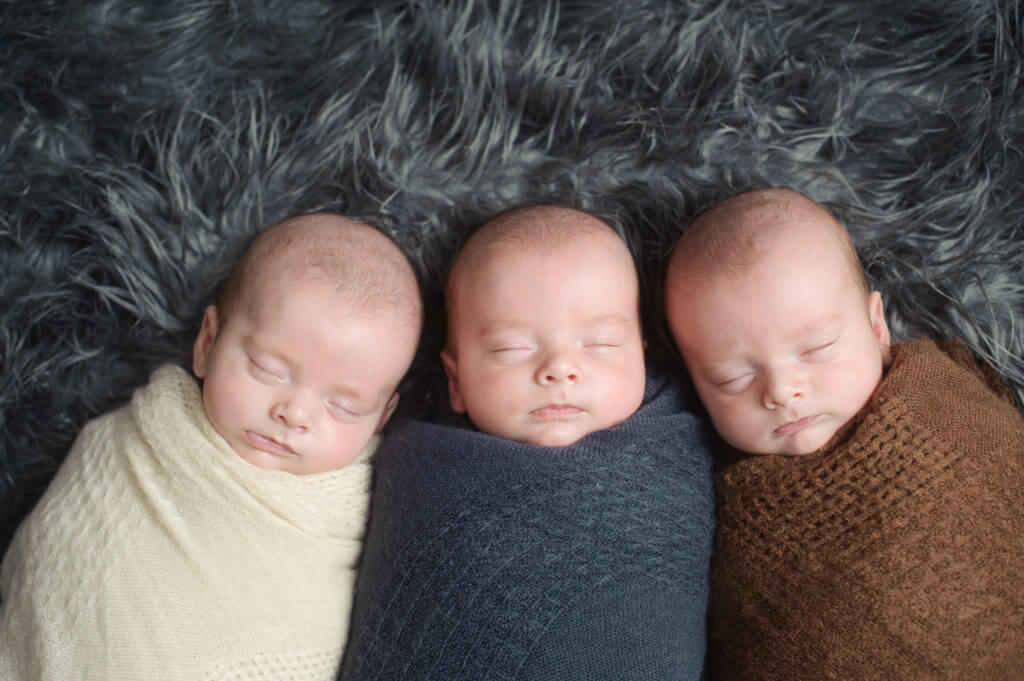A question that The Center for Assisted Reproduction (CARE Fertility) gets asked quite often is how many embryos should their patients transfer.
Once the in vitro fertilization process has produced successful embryos, it’s not uncommon for couples to want to transfer more than one at a time with the hope of increasing their odds of a successful pregnancy. This is an important decision that patients must make when undergoing IVF.
Single vs. multiple embryo transfer: Which is right for you?
For women under the age of 38, the transfer of just one embryo at a time is the safest choice. Though it may seem logical that transferring two embryos would double your odds of getting pregnant, this isn’t actually the case. Transferring multiple embryos at once only modestly increases the odds of pregnancy, not doubles it. Where the real risk of a multiple embryo transfer comes into play is with the likelihood of having twins, triplets, or greater.
The Benefits of Single Embryo Transfer
One of the biggest benefits of single embryo transfer is that it is less likely to result in twins than multiple embryo transfer. Although multiples can be born healthy, they are more likely to be born prematurely than singletons.
Lower birth weights are also more common, the risk of which increases as the number of multiples increases. Additionally, women carrying more than one baby at a time are more likely to develop complications during pregnancy.
Some of the most common complications include high blood pressure, preeclampsia, and gestational diabetes.
Single Embryo Transfer and Conception
One reason some patients choose to have multiple eggs transferred instead of one is to try to increase their chance of successfully conceiving during a single round of IVF.
Women in their late 30s and into their 40s often don’t experience the same success rates with a single embryo transfer as they do with multiple embryo transfer. For these patients, multiple transfer may provide the most successful results.
Single Embryo Transfer Can Work for Older Women
Single embryo transfer can be successful for women over their mid-thirties. One key factor in success rates is egg quality. As women age, the quality of their eggs decreases. Harvesting eggs before a woman is 35 and freezing them for future use can preserve egg quality.
Women older than 35 who use eggs that were harvested when they were younger often experience the same success rate with single embryo transfer as women who are under 35. This means older women can have a single embryo transferred and save the rest of their embryos for when they are ready to have another child.
Concurrently, older women with a good egg supply may opt to genetically test (PGT) their embryos to ensure they’re healthy. This allows them to transfer a single embryo without increasing their risk of a multiple birth.
The Benefits of Multiple Embryo Transfer
Age of the mother typically plays a key role in this decision.
Multiple embryo transfer is most beneficial to women who are over 35 and did not have their eggs frozen when they were younger. In such cases, multiple embryo transfer can be more successful than single embryo transfer. Older women typically face a lower success rate with IVF overall and their likelihood of a multiple birth is also lower.
Another thing many patients consider a benefit with multiple embryo transfer is the increased chances of multiple births. Although there are risks to the mother and babies, for many couples who have struggled to become pregnant the idea of having not only one but two (or more) children would be a dream come true.
With a single embryo transfer, the multiple birth risk is 1 to 2%. Your single embryo would need to spontaneously divide in the womb to create identical twins or triplets.
But when you transfer multiple embryos at once, the likelihood of a multiple birth jumps to 35-40%.
Multiple Embryo Transfer and Conception
There are many health risks associated with multiples, including premature birth and low birth weight.
Babies born preterm have a greater chance of medical and neurological problems. Some of these problems may be lifelong. These problems can place a greater financial and emotional burden on the family.
Even if your babies are born full-term and healthy, there’s a very real financial cost associated with having multiples. Many couples just aren’t prepared to double or triple their cost of raising their families once their children are born.
Guidance from the Society for Assisted Reproductive Medicine (SART) and the American Society for Reproductive Medicine (ASRM), both recommend single embryo transfers for most patients.
The obvious downside of this approach is that it may take more time and more transfers to get pregnant.
Deciding Between Single vs. Multiple Embryo Transfer
Deciding between single versus multiple embryo transfer is not a decision to take lightly. For some women, multiple embryo transfer will increase the risk of successfully conceiving, while other women are just as likely to conceive with a single embryo transfer.
The right option depends on the unique needs of each patient and should be decided with the help of a qualified fertility doctor. Your fertility doctor and their team can go over the risks and benefits of the IVF process and help guide you in deciding the ideal option.
At Egg Donation Inc., we are proud to play a small role in helping you accomplish your reproductive goals, whether you are looking to start or grow your family. As the largest and oldest egg donation program in Southern California, we have helped more than 15,000 families in our 30+ years in business. Contact us today to learn more!
Story Source: This article originally appeared on Center for Assisted Reproduction and Los Angeles Reproductive Center websites


